The Future of Wildlife is Now Being Monitored
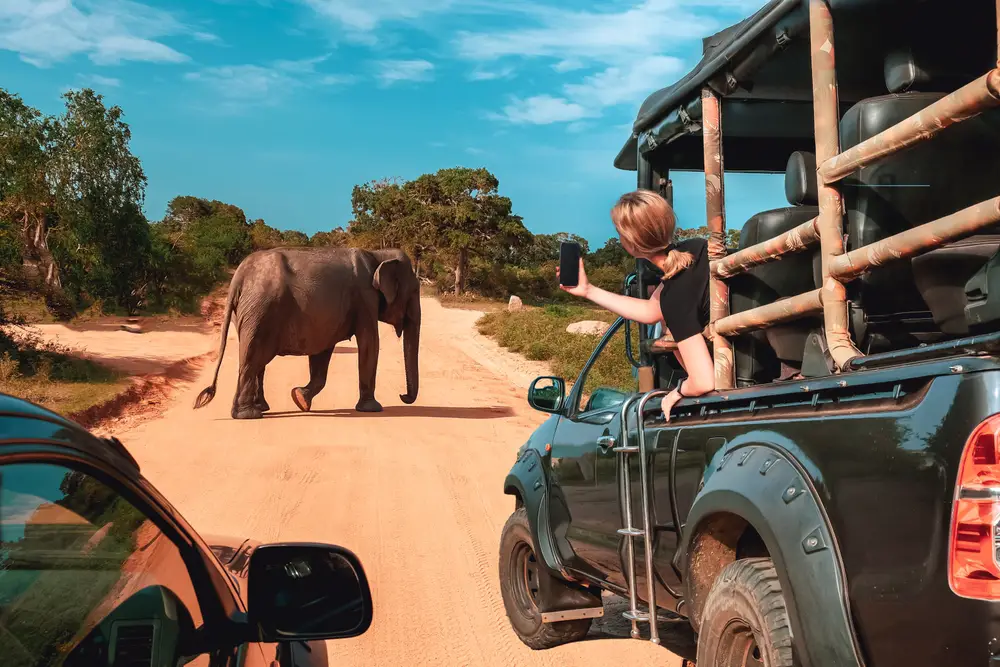
Sometimes saving animals means thinking far outside the box. People are coming up with clever, surprising, and even bizarre methods to keep wildlife alive. These aren’t just experiments, they’re proof of how far we’ll go to protect the creatures we share the planet with.
1. Laser-Etched Shells and Dehorned Rhinos Are Just the Beginning
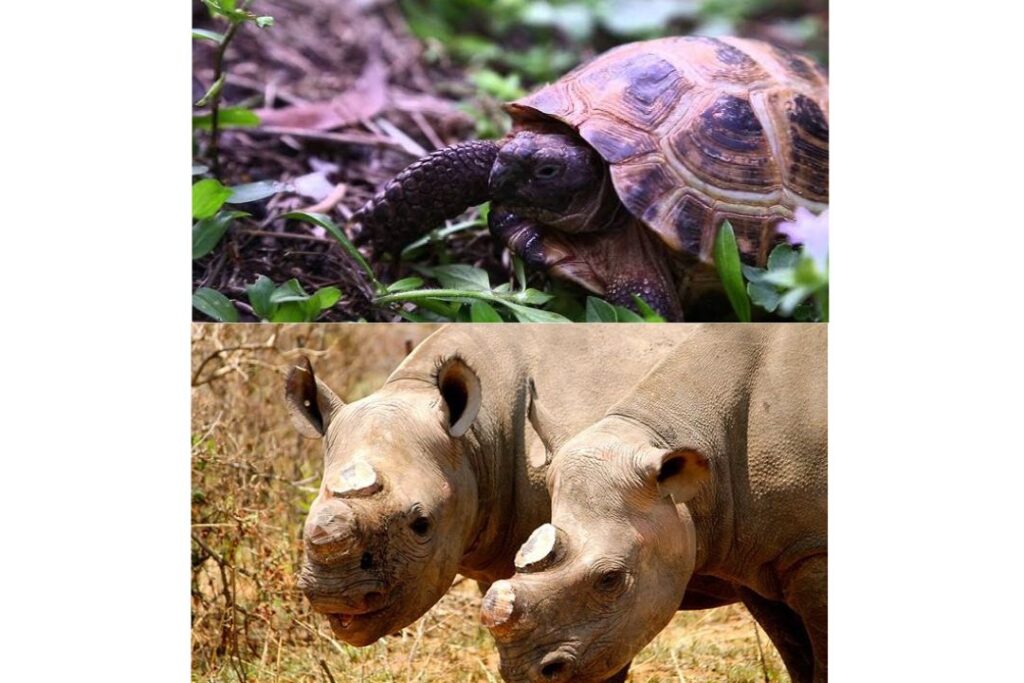
In many parts of Africa, rhinos are dehorned to make them less valuable targets for poachers. It may sound extreme, but the procedure is painless and can save lives. To further discourage illegal trade, some rhino horns are injected with dyes or toxins, making them useless to black-market buyers. In Southeast Asia, tortoises are now laser-etched with messages like “I’m monitored, don’t kill me,” turning their shells into bold warnings for traffickers. These unusual tactics highlight a growing shift in conservation, protecting animals not only by guarding them but by directly altering what makes them vulnerable. For endangered species, these interventions can mean the difference between survival and extinction.
2. Fake Anthills Are Helping Real Ones Thrive
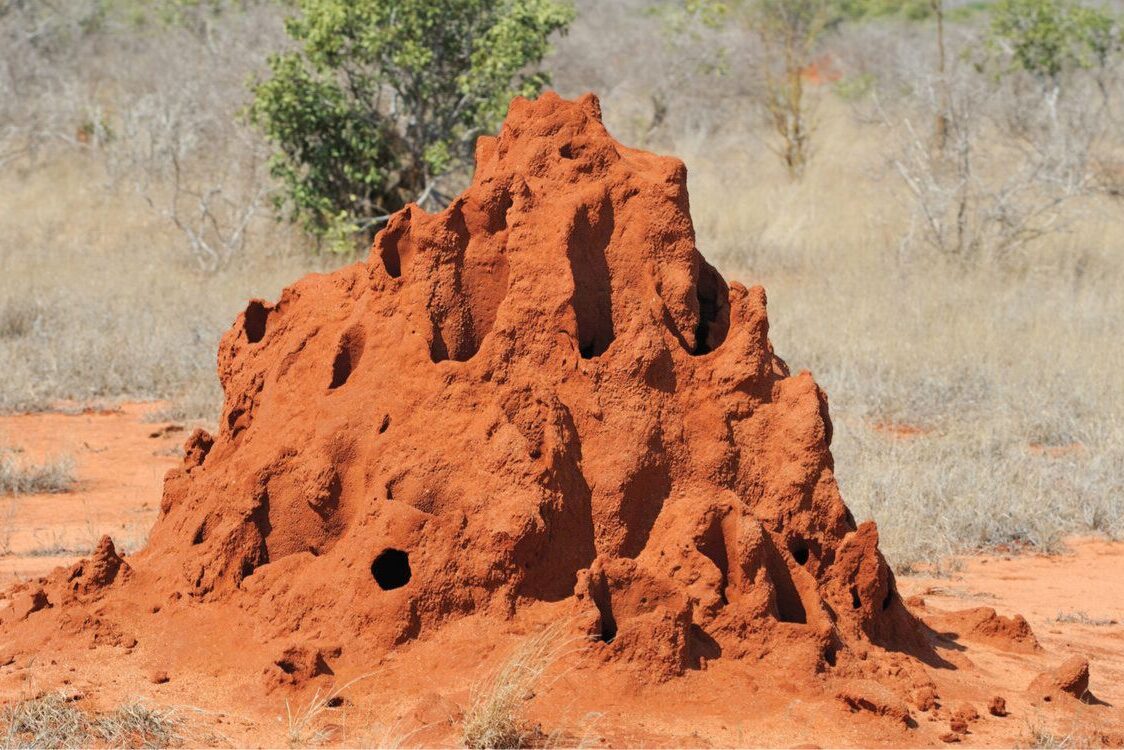
Sometimes saving a species requires going back to basics. For endangered ants that have lost their habitats, researchers build artificial anthills that mimic the warmth, soil texture, and structure natural colonies need. These man-made mounds encourage ants to start rebuilding in areas where they once thrived. By recreating the perfect living conditions, scientists give colonies a second chance to expand and repopulate barren landscapes. While ants might seem small, their presence is critical to ecosystems, improving soil, spreading seeds, and supporting countless other species. A simple fake anthill can spark a ripple effect that restores balance to an entire environment.
3. Orphaned Animals Are Bonding With Fake Moms
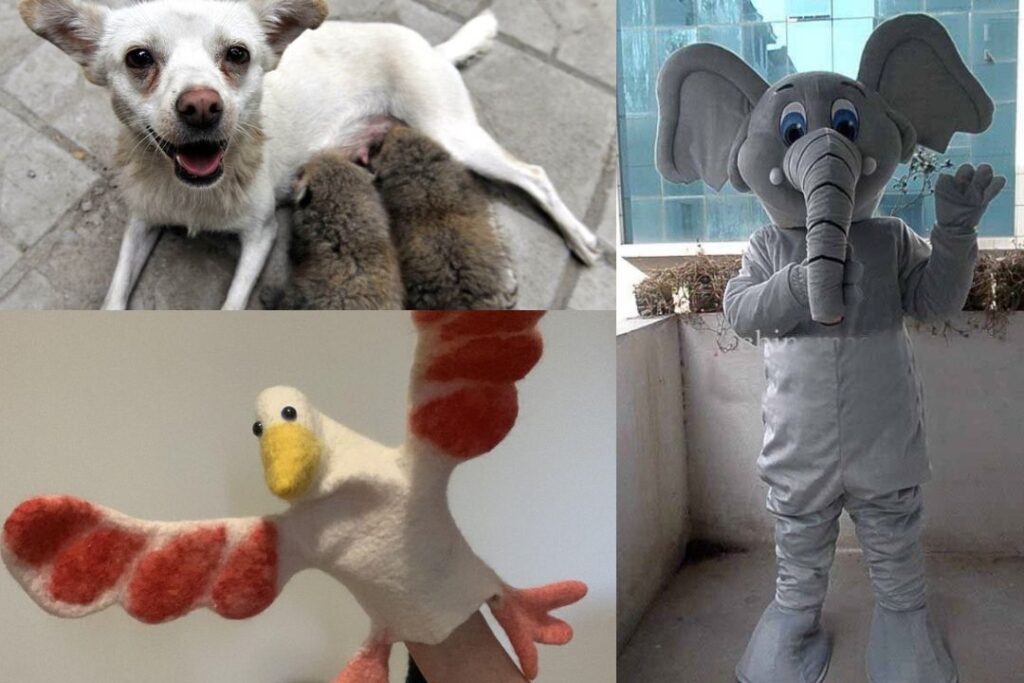
When baby animals lose their mothers, survival becomes uncertain. To bridge that gap, conservationists step in with creative stand-ins: hand puppets shaped like bird beaks, furry surrogates for panda cubs, or even humans in full-body costumes for young elephants. These substitutes provide the comfort and guidance babies need while preventing them from imprinting on humans, which could harm their future in the wild. For example, hand-reared condors have been successfully released after being raised with puppet parents that taught them natural behaviors. It’s a touching reminder of how ingenuity, and a little imagination, can nurture life when nature’s course takes an unexpected turn.
4. Coral Is Being Grown Like Crops
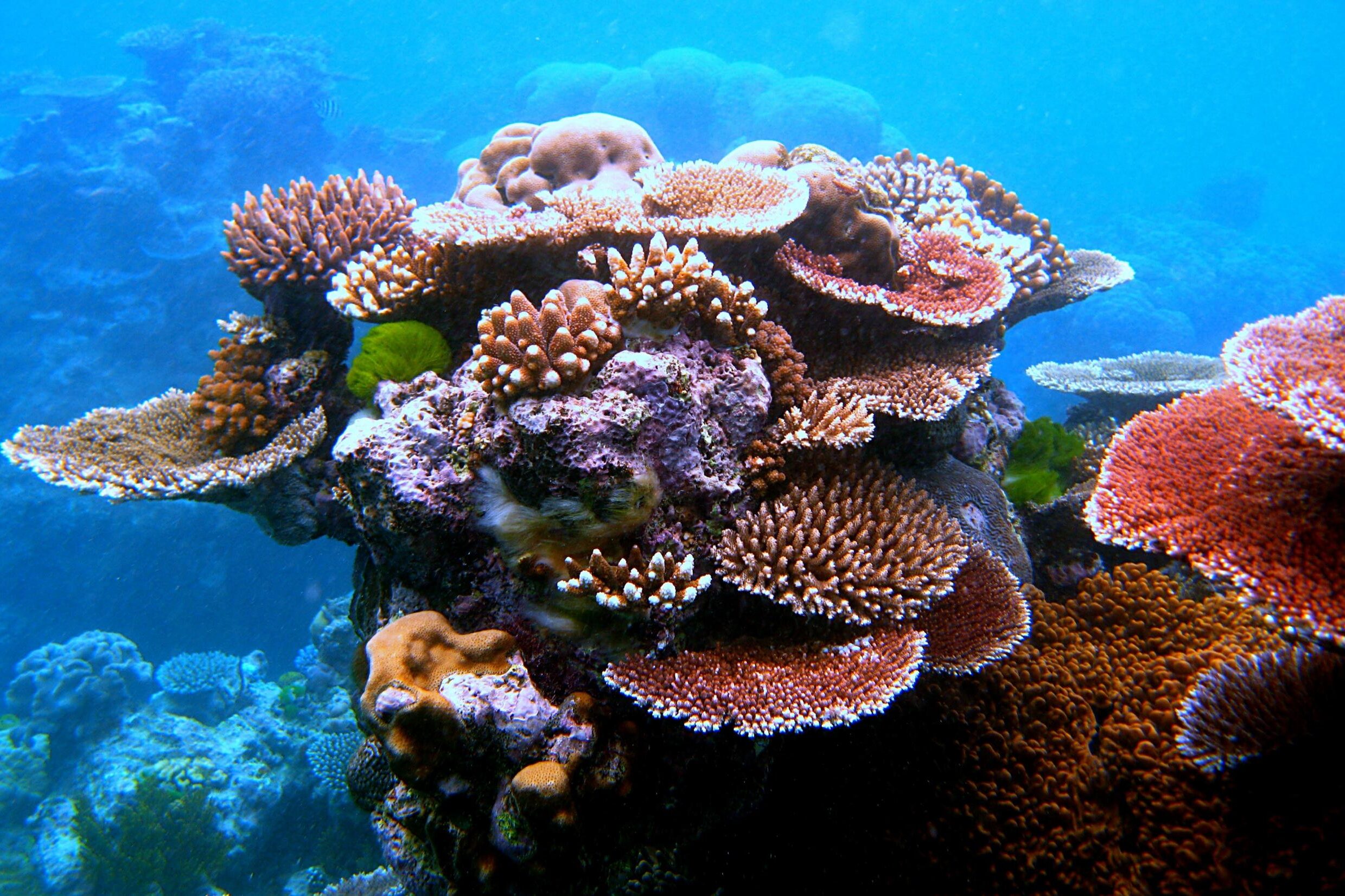
Across oceans, scientists are farming coral in nurseries to bring dying reefs back to life. Small coral fragments are attached to underwater “trees,” ropes, or tiles where they can grow safely before being transplanted onto damaged reefs. This underwater gardening approach has restored parts of ecosystems once thought lost, providing habitats for fish, sea turtles, and countless other marine creatures. Coral reefs not only support biodiversity but also protect coastlines from storms and erosion. Treating coral like crops may seem unusual, but it offers hope in the face of climate change and mass bleaching events that threaten these vibrant underwater worlds.
5. Drones Are Guarding Forests from Poachers
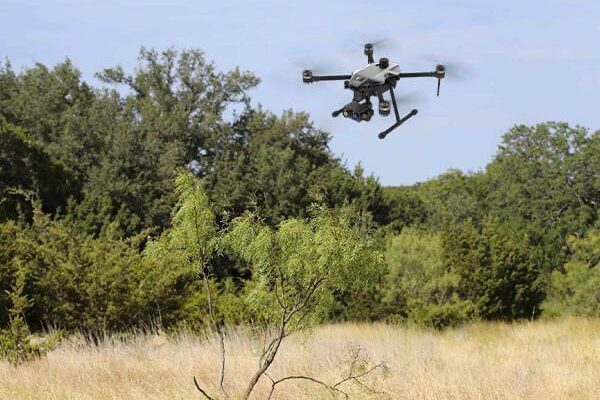
High above the treetops, drones are becoming unexpected allies for wildlife. Equipped with thermal cameras and GPS, they allow rangers to monitor vast stretches of forest from the sky, spotting poachers or illegal activity before it’s too late. Unlike human patrols, drones can cover miles in minutes and even operate through the night, sending real-time alerts when danger is near. This technology has already saved elephants, rhinos, and big cats in areas where on-the-ground protection was stretched thin. By turning the skies into surveillance zones, drones give endangered animals an extra layer of safety they’ve never had before.
6. Bees Are Being Rerouted with Sound and Scent
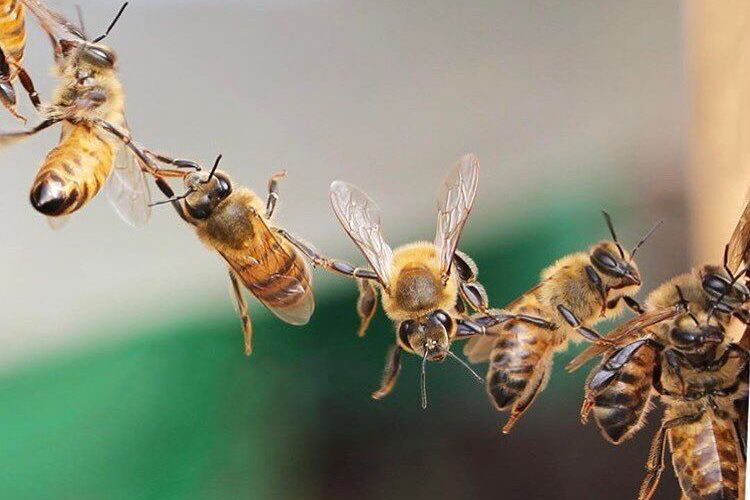
Bees play a vital role in pollination, but farming practices often expose them to harmful pesticides. To protect them, scientists are now using special devices that emit scents and sound frequencies to guide bees away from danger zones. These invisible “signals” steer them toward safer areas where flowers and crops are free from chemicals. It’s like giving the bees a built-in navigation system, ensuring they keep working without putting their colonies at risk. With pollinator populations already under pressure worldwide, rerouting bees could help sustain both agriculture and ecosystems that rely on their tireless work.
7. 3D Printing Is Building New Beaks and Shells
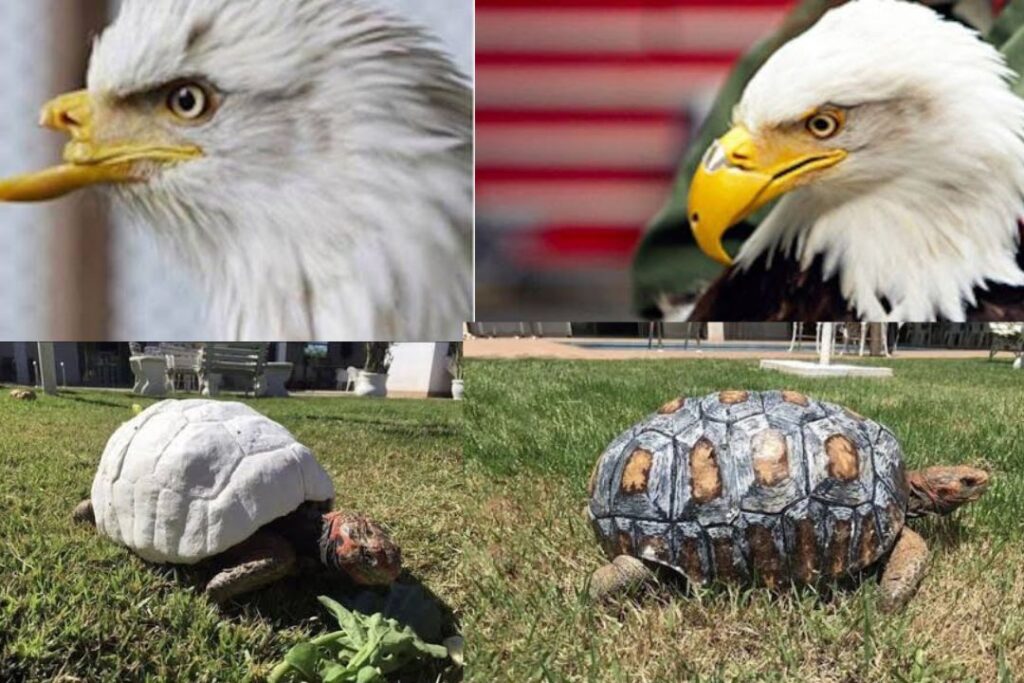
When animals lose essential body parts, technology is stepping in to rebuild them. Using 3D printing, scientists have created prosthetic beaks for bald eagles, new shells for injured turtles, and even replacement bills for toucans harmed by poaching or accidents. These custom-made pieces are lightweight, durable, and fitted to each animal’s exact measurements. Beyond simply restoring appearances, they allow the animals to feed, move, and defend themselves again. Each success story is a remarkable blend of compassion and innovation, showing how modern technology can give creatures a second chance at life in the wild.
8. Replanting Forests One Tree at a Time
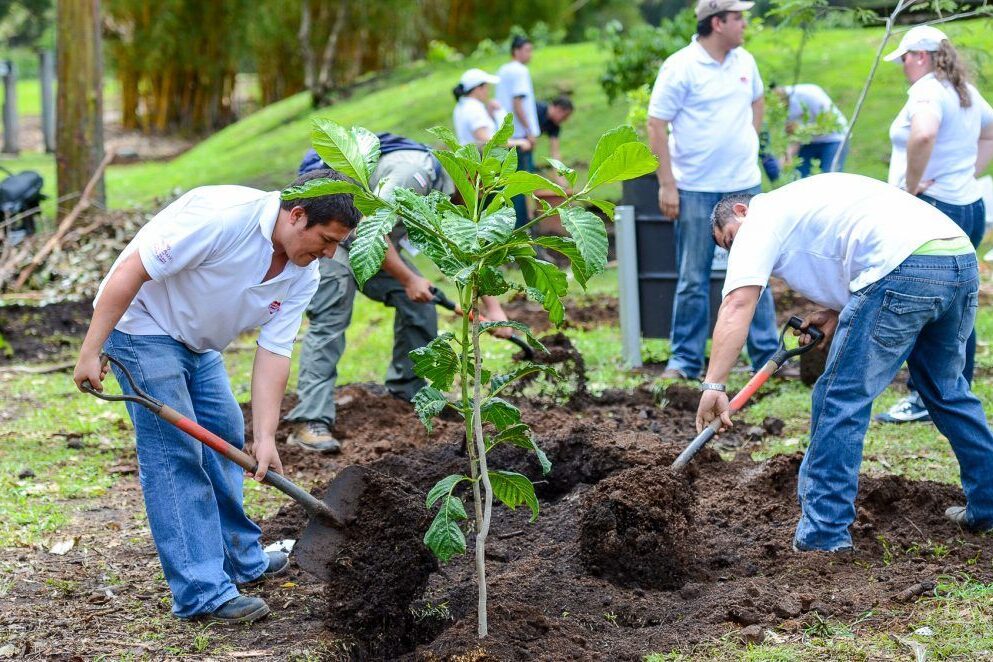
Across the globe, reforestation efforts are bringing back critical habitats. Millions of trees are planted every year by hand, but now drones are also being used to shoot seed pods directly into deforested land. This method is faster, cheaper, and capable of reaching areas that people can’t easily access. These new forests don’t just provide shelter for wildlife, they also clean the air, stabilize soil, and regulate local climates. By replacing what has been lost, reforestation projects restore the web of life that countless animals depend on, one seedling or seed pod at a time.
9. Bioacoustic Sensors Are Translating the Wild
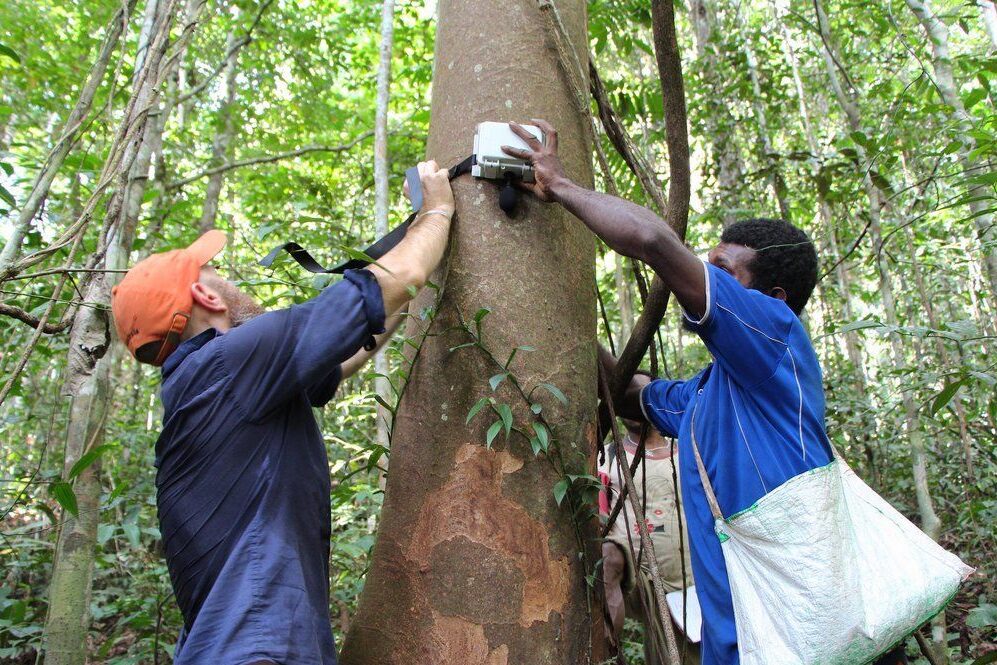
Tiny recording devices are opening a new window into nature. Placed in forests, mountains, and even oceans, these bioacoustic sensors capture sounds that humans can’t always hear, from frog calls deep in the rainforest to the distant clicks of whales. The recordings are then analyzed to detect animal presence, track migration patterns, and even spot threats like chainsaws or gunshots in real time. This technology allows scientists to understand ecosystems without disturbing them, while also catching illegal activity as it happens. In many ways, these devices give a voice to the wild, helping humans listen more closely than ever before.
10. Mosquitoes Are Being Reprogrammed
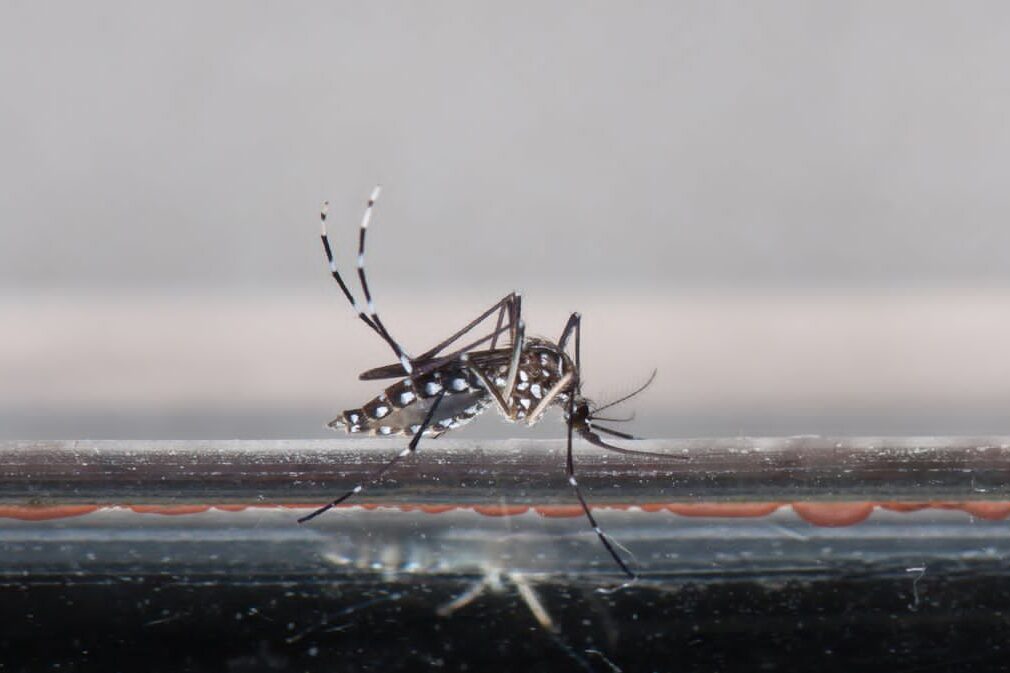
To protect both people and animals from disease, scientists are altering mosquito populations in surprising ways. By releasing lab-modified mosquitoes that can’t reproduce or spread viruses like dengue and Zika, entire populations of harmful insects are reduced over time. This approach not only lowers disease transmission in human communities but also benefits wildlife, which can also suffer from mosquito-borne illnesses. While the idea of reprogramming insects may sound futuristic, field trials have already shown success. It’s a striking example of how science can tackle ecological and health challenges at the same time.
11. Fake Turtle Nests Catch Smugglers in the Act
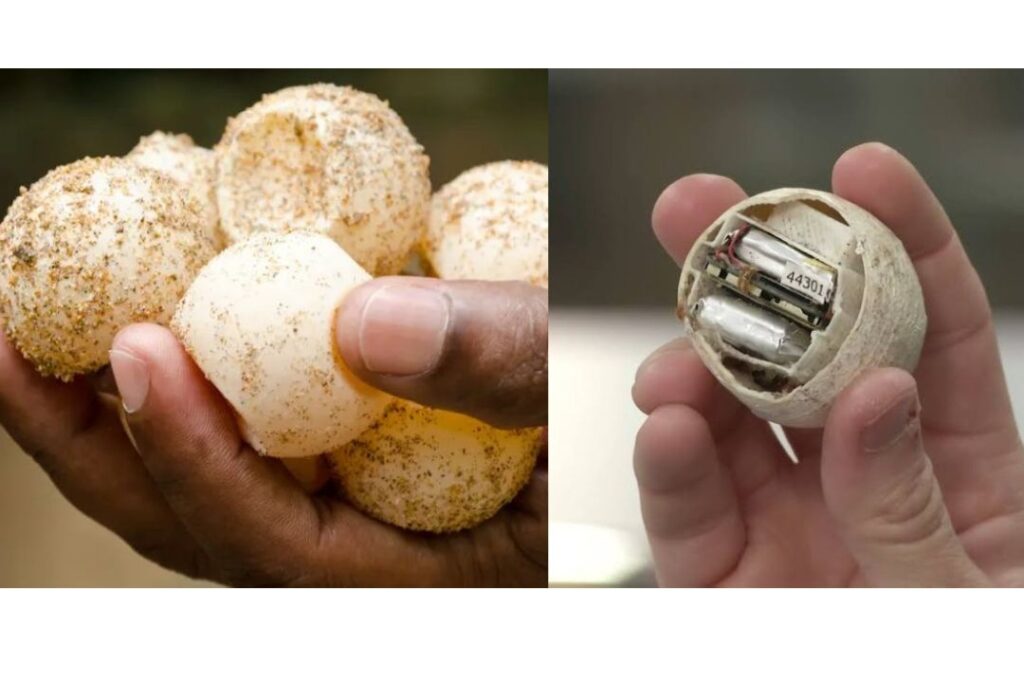
Sea turtle eggs are a hot commodity on the black market, which has pushed many species to the brink. To fight back, conservationists are planting decoy eggs fitted with tiny GPS trackers in turtle nests. When poachers steal them, the fake eggs reveal the smuggling routes and lead law enforcement directly to the buyers. This clever sting operation not only protects turtle populations but also exposes entire trafficking networks. It’s a high-tech twist on classic detective work, showing how even the simplest deception can outsmart wildlife criminals.
12. Birds Are Learning Migration from Robots
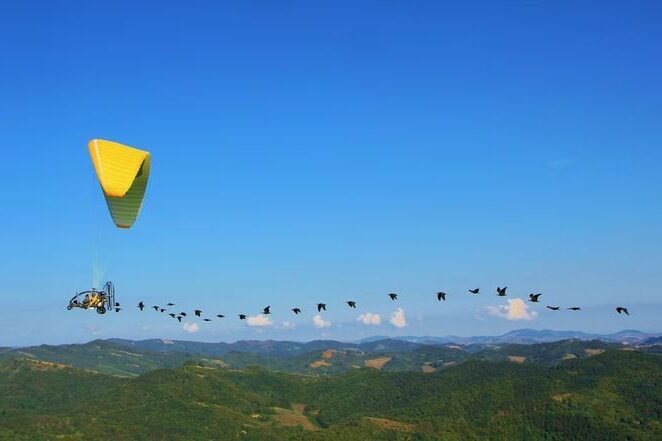
Some bird species raised in captivity lose the instinct to migrate, a skill once taught by parents. To solve this, conservationists use ultralight aircraft or drones flown by humans to act as “lead birds.” These machines guide young flocks along traditional routes, teaching them where to fly and where to stop. Once the pattern is learned, the birds can repeat it year after year on their own. This unusual partnership between machine and nature has already helped species like whooping cranes return to migration paths that would have otherwise disappeared forever.
13. DNA Databases Are Busting Wildlife Traffickers
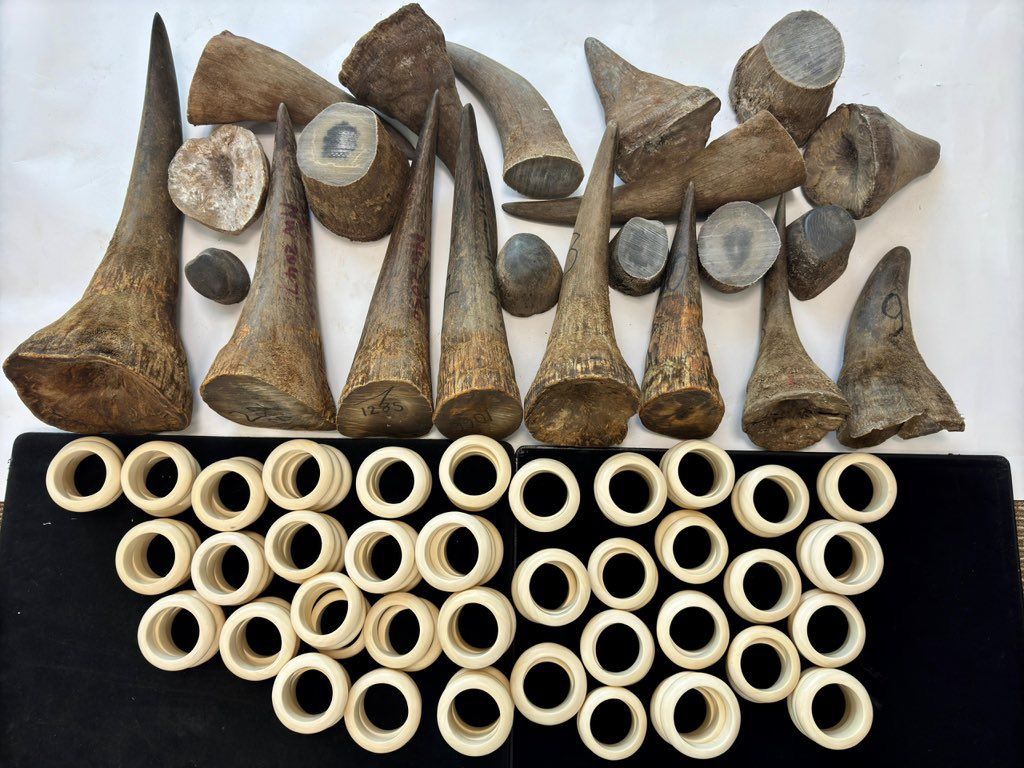
Illegal trade in ivory, scales, and skins is devastating wildlife worldwide. Now, seized animal parts are being logged into global DNA databases, creating a forensic trail that links them back to specific regions. If a tusk or horn is confiscated, scientists can often pinpoint where it came from, helping authorities track poachers and trafficking networks more effectively. This method turns biology into a powerful crime-fighting tool. By connecting evidence to its source, DNA databases not only help solve cases but also strengthen protections for the wild populations still at risk.
14. Sea Turtles Get Highway Escorts

For tiny sea turtle hatchlings, the journey from nest to ocean is full of hazards, especially when human development gets in the way. On some beaches, roads are temporarily closed or patrolled by volunteers to give turtles safe passage. In other places, small LED “runways” are set up to guide them toward the water instead of toward artificial lights from hotels or streets. These efforts may seem small, but every saved hatchling helps rebuild populations of sea turtles, which have faced centuries of overharvesting, pollution, and habitat loss.
15. Planting Underwater Forests for Otters and Fish
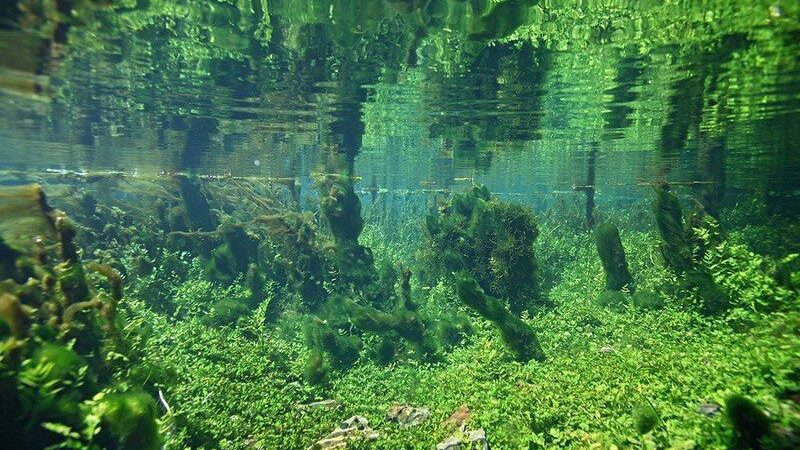
Kelp forests are disappearing rapidly due to warming waters, overfishing, and pollution, but efforts are underway to restore them. Conservation groups are reseeding coastlines with kelp spores and transplanting healthy plants to areas where the forests once thrived. These underwater forests grow quickly and provide food, shelter, and hunting grounds for countless marine creatures, from sea otters to fish. They also play a vital role in capturing carbon, making them allies in the fight against climate change. Rebuilding kelp isn’t just about saving plants, it’s about reviving entire underwater ecosystems.
16. Wolves Are Being Reintroduced to Balance Ecosystems
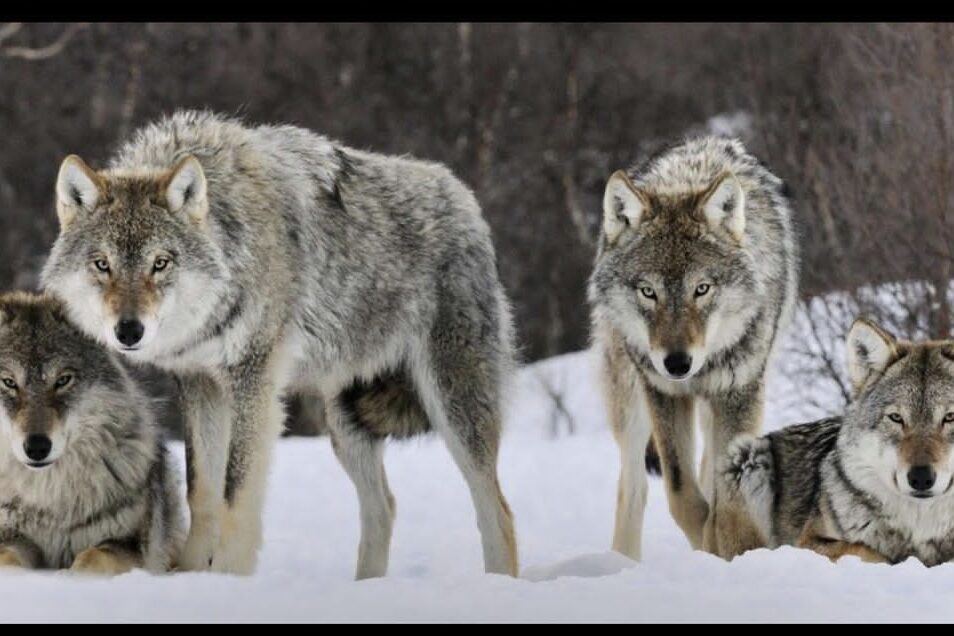
When wolves were reintroduced to Yellowstone National Park, the results surprised even scientists. Their presence reduced deer and elk numbers, which allowed trees and shrubs to grow back along riverbanks. This, in turn, stabilized soil, improved water flow, and created habitats for birds, beavers, and fish. It showed that restoring a single predator could set off a ripple effect that healed entire ecosystems. Today, similar reintroduction efforts are underway in parts of Europe and North America, proving that sometimes the best way to save nature is to let nature restore itself.
17. AI Cameras Are Watching So Humans Don’t Have To
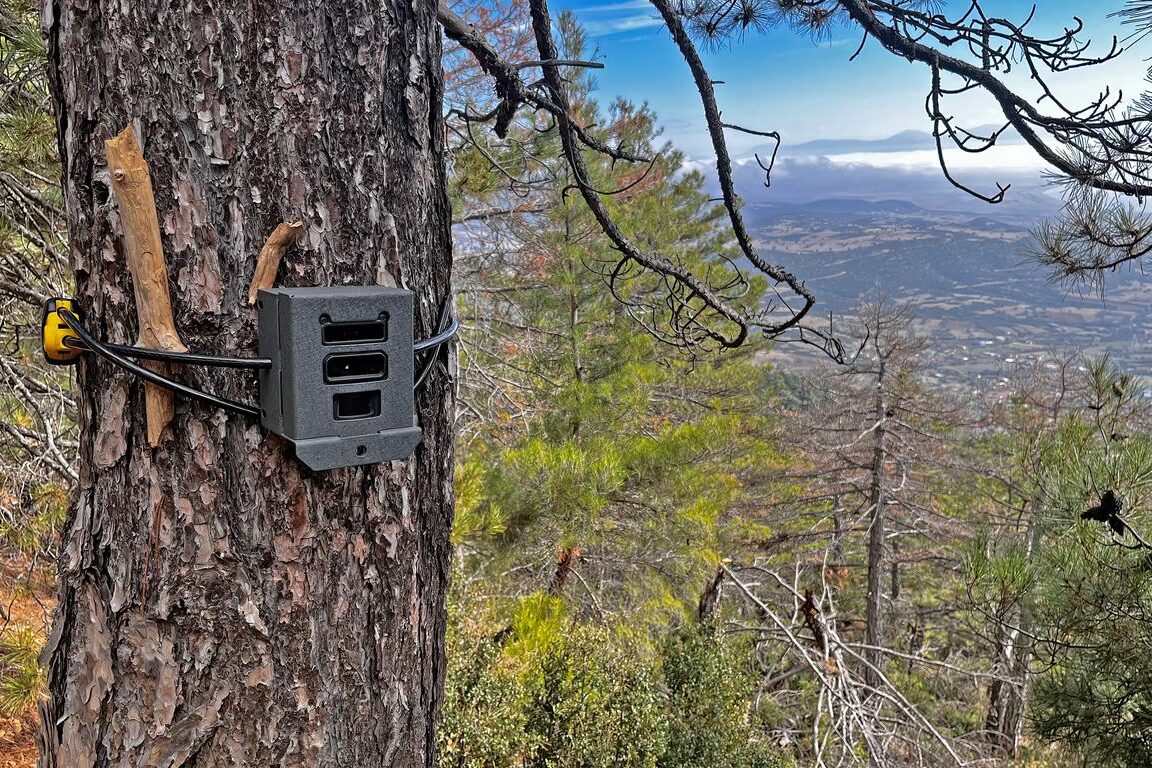
Monitoring wildlife once meant hours of waiting in blinds or sifting through endless footage. Now, motion-triggered cameras paired with artificial intelligence are changing the game. These smart systems can identify species, track movements, and alert researchers when animals, or potential threats, are detected. From elephants in Africa to snow leopards in the Himalayas, AI cameras are gathering data without disturbing the animals themselves. They’ve become round-the-clock guardians, offering insights that would take humans years to collect and helping conservation teams act faster when danger arises.
18. Wildlife Crossings Save Lives on the Highway
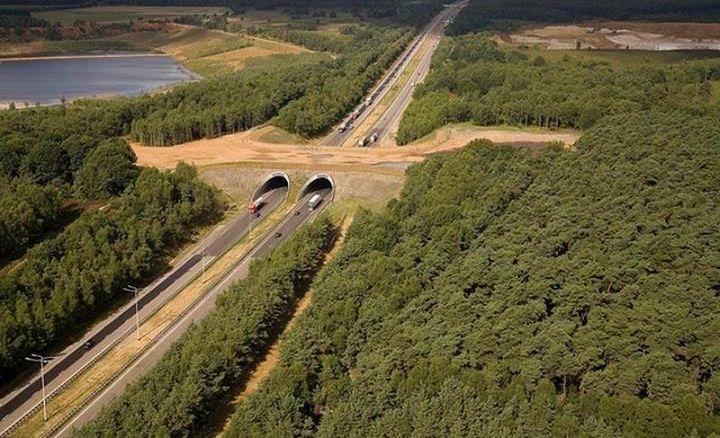
Roads often slice through animal habitats, leading to dangerous collisions. To fix this, specially designed bridges and underpasses are being built to let animals cross safely. In Canada, moose and bears use green overpasses covered with trees, while in the Netherlands, frogs and badgers benefit from tunnels under busy roads. These crossings quietly save thousands of lives every year, both animal and human, by reducing accidents. They also reconnect fragmented habitats, giving wildlife the freedom to move, find mates, and thrive. It’s a simple but powerful way to share space more responsibly.
19. Tourists Are Helping Fund All of This
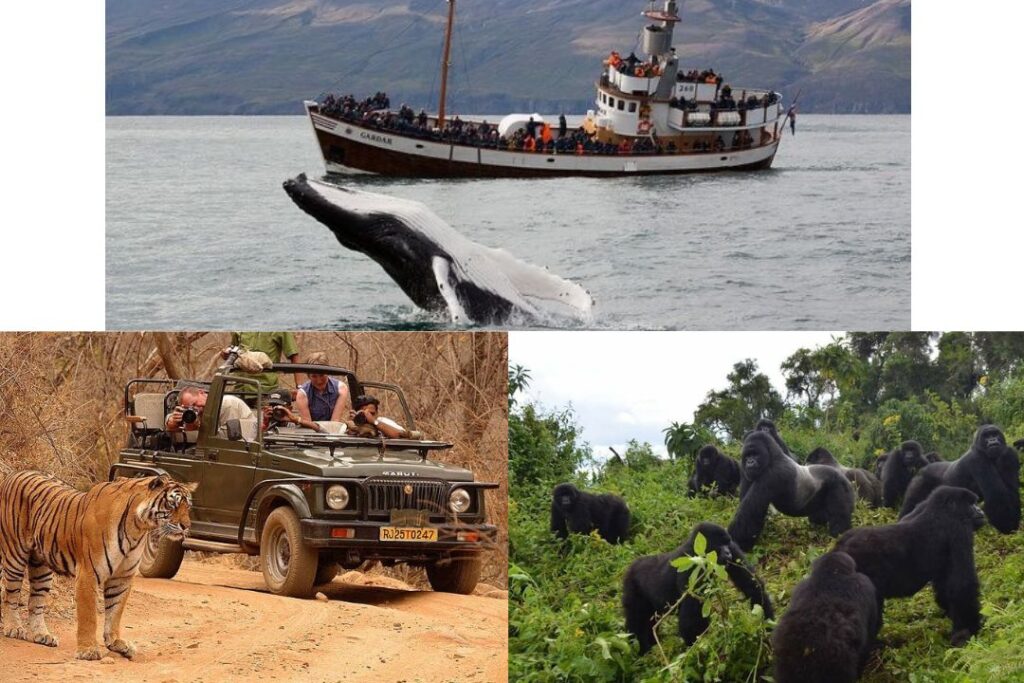
Wildlife tourism has become more than just sightseeing, it’s a lifeline for conservation. In countries like Rwanda and Uganda, the permits to see mountain gorillas directly fund rangers, anti-poaching units, and local community projects. Whale watching in Iceland, tiger safaris in India, and elephant treks in Kenya all generate revenue that keeps parks running and gives locals a reason to protect animals rather than exploit them. When travelers choose eco-friendly experiences, their money fuels efforts that keep endangered species alive. In many cases, the simple act of visiting is helping save what’s worth visiting.
Each idea, whether it’s planting fake eggs, flying with birds, or farming coral, shows that conservation isn’t one-size-fits-all. It’s about imagination, persistence, and a willingness to try the unexpected. Together, these efforts remind us that saving animals is not just about preserving nature, it’s about shaping a future where wildlife and people can thrive side by side.
This story 19 Wild Ways Humans Are Saving Animals, Some You Won’t Believe was first published on Daily FETCH


